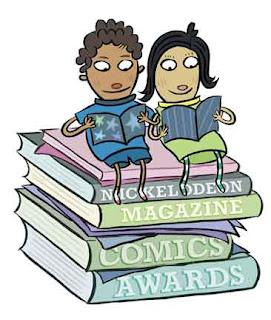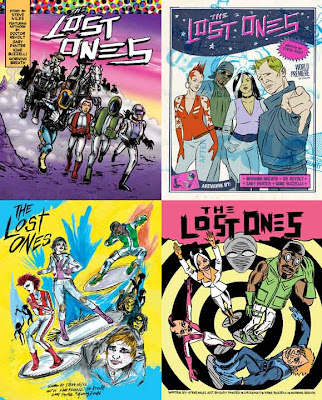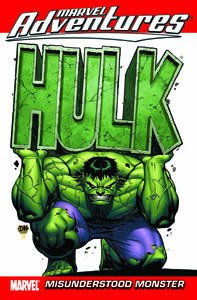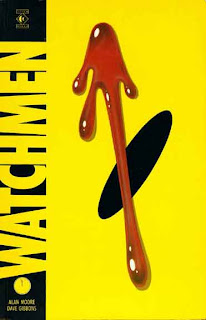By Kevin Hodgson
Staff Writer
Never let an opportunity pass you by, right? When I learned (through my RSS feeds and not through my local newspapers, by the way) that the New England Webcomics Weekend Convention would be held in the town right next door to where I live, how could I pass it up? I produce my own webcomic (Boolean Squared), encourage the reading and writing of comics in my sixth grade classroom, and write reviews with an eye towards learning for this site.
So, on Saturday, I made my way over to the convention being held in an old converted mill building. The organizers expected about 700 people, I think, and the day they opened online registration it was filled up within the day and they were sending out warnings to folks that there was not enough space for the numbers of people wanting to attend. I got my name on the list early, but I think the number of people interested in this world of webcomics is an indication of the passion that people have for the convergence of writing and art. The range of work was pretty fascinating, too, although much of the comics on display were for adults and mature audiences. And it is interesting how webcomic folks move rather seamlessly from publishing to the web to self-publishing in book form. There were a lot of books being bought as I milled about.
I got there early on Saturday because I was on a mission that went beyond just checking out what other folks were up to, however. I was armed with a small Flip video camera, with the intent of interviewing a few of the artists about what inspired them to get into comics, what kind of support they may have received from teachers and any advice they might have for young writers. The artists I talked to were open and eager to share their thoughts, for which I was grateful.
I intend to show this video to my students and to use it again this summer when I teach a webcomic camp for middle school students. The more they can see and hear real webcomic artists, the more they can imagine that what they are doing is valued, has meaning and is part of a much larger world of artists and writers, and yes ... a few geeks like me.
Featured in this video are:
• Chris Hallbeck - The Book of Biff
• Spike - Templar, Arizona
• Renee Engstrom - Anders Loves Maria
• David Willis - Shortpacked!
Click here for the Publisher's Weekly story on the convention.Staff Writer
Never let an opportunity pass you by, right? When I learned (through my RSS feeds and not through my local newspapers, by the way) that the New England Webcomics Weekend Convention would be held in the town right next door to where I live, how could I pass it up? I produce my own webcomic (Boolean Squared), encourage the reading and writing of comics in my sixth grade classroom, and write reviews with an eye towards learning for this site.
So, on Saturday, I made my way over to the convention being held in an old converted mill building. The organizers expected about 700 people, I think, and the day they opened online registration it was filled up within the day and they were sending out warnings to folks that there was not enough space for the numbers of people wanting to attend. I got my name on the list early, but I think the number of people interested in this world of webcomics is an indication of the passion that people have for the convergence of writing and art. The range of work was pretty fascinating, too, although much of the comics on display were for adults and mature audiences. And it is interesting how webcomic folks move rather seamlessly from publishing to the web to self-publishing in book form. There were a lot of books being bought as I milled about.
I got there early on Saturday because I was on a mission that went beyond just checking out what other folks were up to, however. I was armed with a small Flip video camera, with the intent of interviewing a few of the artists about what inspired them to get into comics, what kind of support they may have received from teachers and any advice they might have for young writers. The artists I talked to were open and eager to share their thoughts, for which I was grateful.
I intend to show this video to my students and to use it again this summer when I teach a webcomic camp for middle school students. The more they can see and hear real webcomic artists, the more they can imagine that what they are doing is valued, has meaning and is part of a much larger world of artists and writers, and yes ... a few geeks like me.
Featured in this video are:
• Chris Hallbeck - The Book of Biff
• Spike - Templar, Arizona
• Renee Engstrom - Anders Loves Maria
• David Willis - Shortpacked!
New England Webcomic Convention: advice and inspiration from Mr. Hodgson on Vimeo.


















